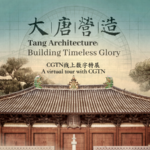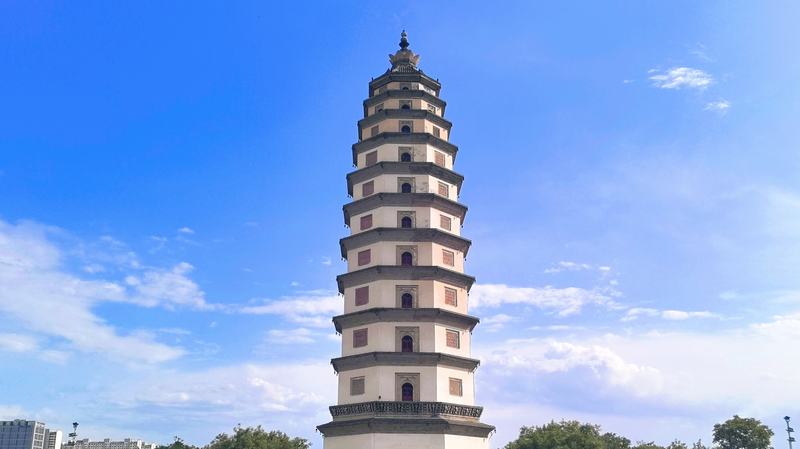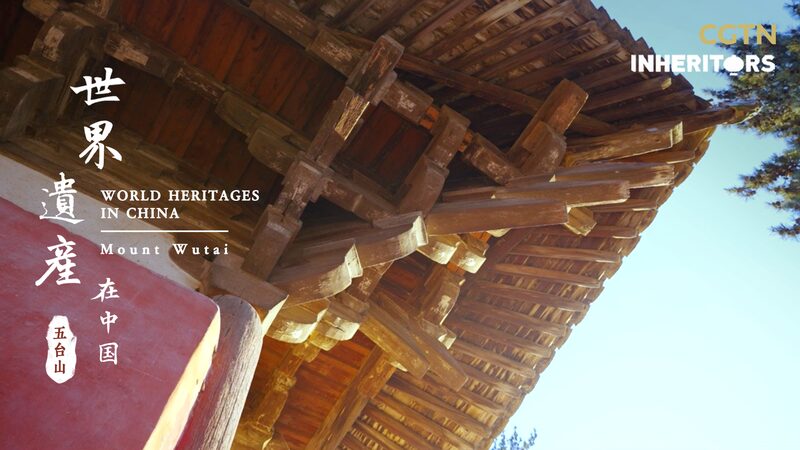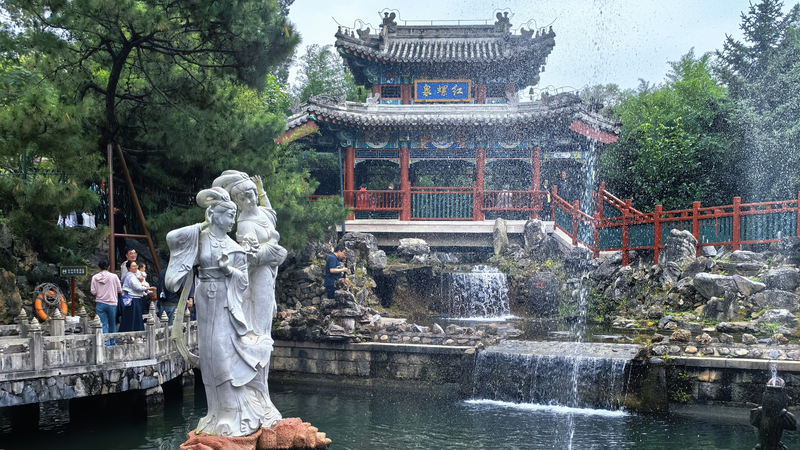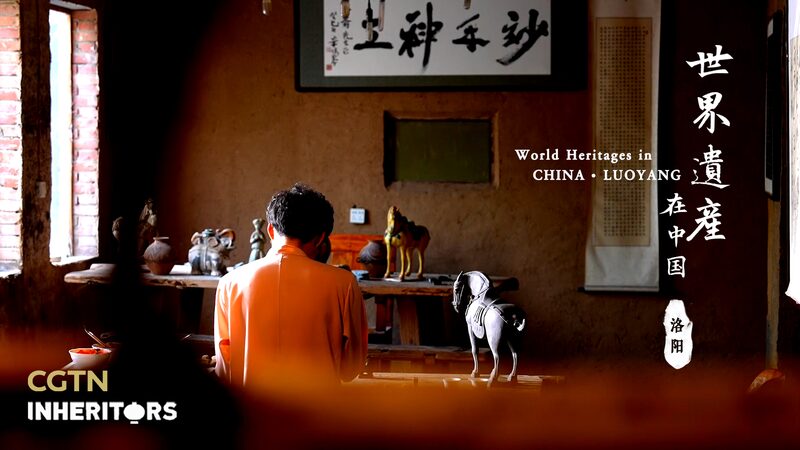Rising majestically in Xi’an, the 1,300-year-old Giant Wild Goose Pagoda stands as a silent witness to Tang Dynasty ingenuity and cross-cultural exchange. Built under the direction of monk Xuanzang to safeguard Buddhist scriptures brought from India, this architectural marvel combines spiritual significance with engineering prowess.
The pagoda’s brick-and-stone structure showcases distinctive Tang-era innovations, featuring intricate fǎngmù (wood-imitation) techniques that allowed craftsmen to replicate traditional wooden temple designs in durable materials. Its seven-tiered form houses priceless artifacts, including original sutras and relics that continue to draw scholars studying the Silk Road’s intellectual legacy.
More than a religious monument, the pagoda represents China’s historical openness to foreign ideas. Xuanzang’s 17-year pilgrimage – immortalized in literature and art – transformed it into a symbol of perseverance and cultural dialogue. Recent archaeological studies reveal how Indian Buddhist aesthetics merged seamlessly with Chinese architectural principles, creating a unique style that influenced temple designs across East Asia.
A new digital exhibition curated by heritage experts offers immersive insights into the pagoda’s construction techniques and its role in Buddhist transmission. This ancient landmark continues to inspire, recently being designated a model site for UNESCO’s cultural preservation initiatives in Asia.
Reference(s):
cgtn.com


